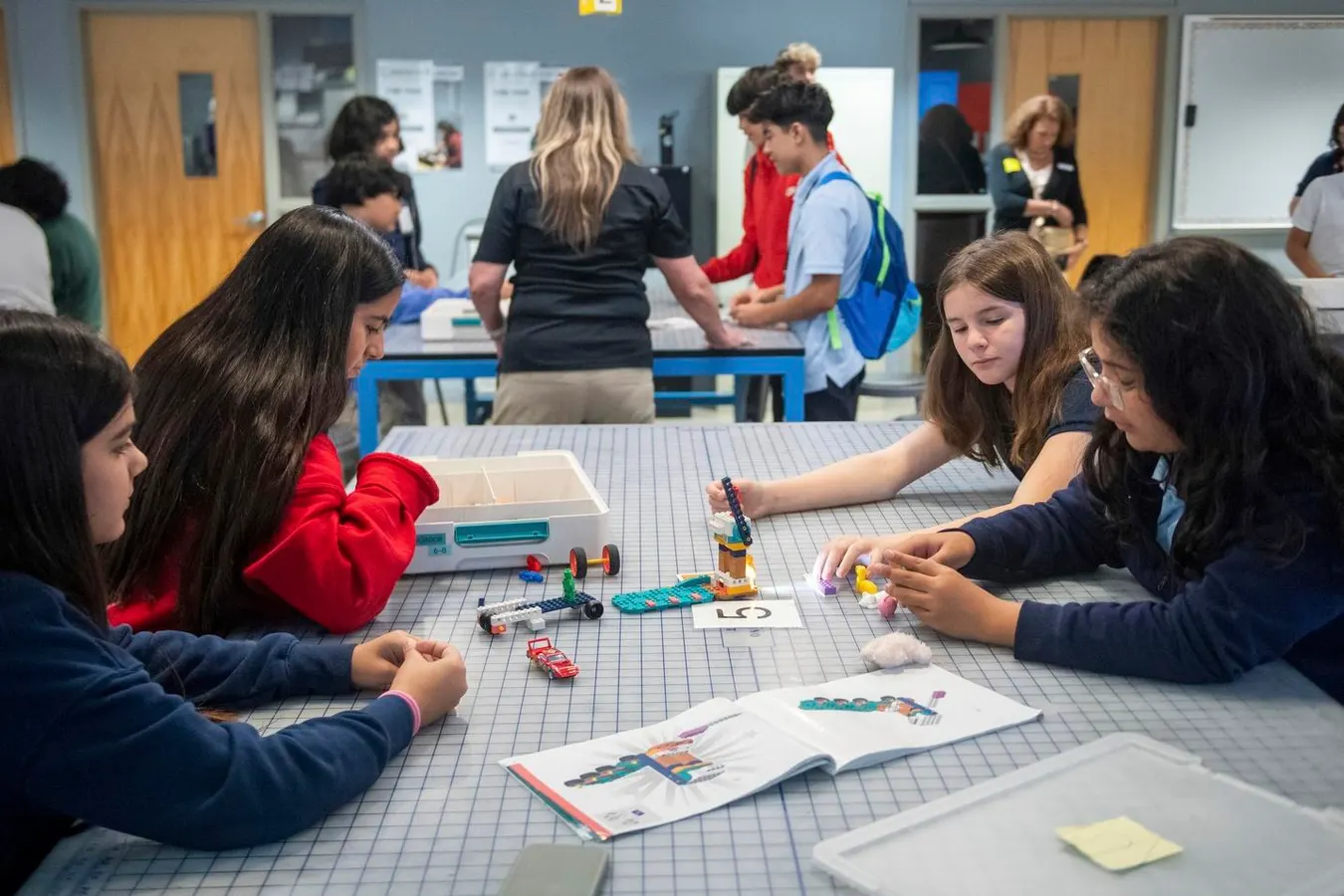By Contributor,Sara Schapiro
Copyright forbes

If education is to deliver both opportunity for students and prosperity for the nation, the U.S. needs a new way of thinking about reform. The R&D approach shifts the focus from short-term fixes to the long-term capacity of schools to learn and improve.
Copyright 2025 The Associated Press. All rights reserved
For decades, U.S. education has cycled through reform after reform, with too little to show for it. A new initiative will promise to boost reading. A grant funds an impactful but short-lived tutoring program. A district adopts the latest technology. Each aims to move the needle. Yet student achievement continues to slip, and disparities widen, as shown by the most recent scores on the National Assessment of Student Progress.
Eric Hanushek’s recent analysis of the results underscores the problem. U.S. student achievement has been declining since 2013, long before COVID. The pandemic made the crisis more visible, but it did not cause it. And despite $190 billion in federal pandemic recovery funds, the downward slide continues. Hanushek argues that if the country could return to its 2013 achievement levels, U.S. GDP would be about 6% higher every year for the rest of the century. According to Hanushek, “the present value of future lost growth from continued low achievement is estimated to be three times current GDP.”
That is the scale of what’s at stake. That’s not just an education problem. It’s an economic one, with consequences for every American household.
For me, the lesson is clear: piecemeal programs are not enough. To stop falling behind, we need to change how we change education.
Reforming Reform
For decades, the U.S. has attempted to solve deep-rooted educational challenges through one-off reforms. More instructional time. New curricula. Performance pay. Technology adoption. Each may show promise locally but never reach the breadth and scale needed to meaningfully impact all students, everywhere.
Why? Because reform is often treated like a product to be bought, not a process to be built. All too often, districts and states adopt flashy reforms from elsewhere instead of developing locally-driven solutions.
MORE FOR YOU
On top of that, policymakers add programs onto already overburdened systems. And once the political winds shift, interventions are abandoned, leaving schools without lasting gains.
The alternative is not to reject reform but to reform the process of how we reform education. That is the promise of education research and development (R&D).
What Education R&D Means
In other sectors, like medicine, technology, and energy, R&D is the backbone of continuous improvement. It is not a single solution but a cycle: test, iterate, learn, refine. R&D builds the capacity to solve problems over time, under real-world conditions, with evidence to guide decisions.
Education needs the same infrastructure. Instead of relying on one-off fixes, districts and states should embed R&D into how they operate. This means continuously testing new approaches, understanding what works for which students, and scaling successful innovations. It also means having the courage to abandon what fails.
R&D is not about chasing fads. It’s about building the capacity to solve pressing problems in real classrooms. It is about building a system where states and districts become architects of their own improvement.
Lessons from Alabama
Alabama is the only state where fourth-grade math scores have risen above pre-pandemic levels, jumping from last in 2019 to near the national average in 2024.
How? By choosing R&D over quick fixes. Faced with stubbornly low math performance, state leaders created an infrastructure to test, adapt, and scale solutions suited to their students.
A key feature of Alabama’s effort is its focus on evidence-based teaching practices identified by the state’s Elementary Mathematics Task Force. Working with the Region 7 Comprehensive Center (part of a federally funded network that supports state education agencies), schools translated research into classroom strategies ranging from using data for targeted feedback to strengthening students’ math language, structuring lessons systematically, and engaging learners through multiple formats. To ensure these practices take hold, Alabama has deployed math coaches to every elementary school, where they support teachers directly.
By carefully studying classroom interventions, adjusting approaches based on evidence, and sharing findings statewide, Alabama has begun to improve math outcomes where previous efforts fell short.
The key was not one silver bullet, but a commitment to learning what works in Alabama’s own context. This is what R&D looks like: a state treating reform not as an external product but as an internal, ongoing process of improvement.
From Programs to Processes
Alabama’s example highlights a larger point: effective reform is not about adding more programs to an already resistant system. It is about changing the system’s capacity to improve itself.
Hanushek is right that the U.S. needs to move past piecemeal adjustments. But the missing ingredient is not just new incentives or regulations. It is an R&D infrastructure that allows states and districts to continuously design, test, and scale reforms suited to their needs.
Schools should not have to wait years for a research report or a federal directive. With R&D, they are in control of their reform timeline.
If education is to deliver both opportunity for students and prosperity for the nation, the U.S. needs a new way of thinking about reform. The R&D approach shifts the focus from short-term fixes to the long-term capacity of schools to learn and improve.
This is how other fields drive progress. It is how we can, at last, design the school systems of tomorrow.
Editorial StandardsReprints & Permissions